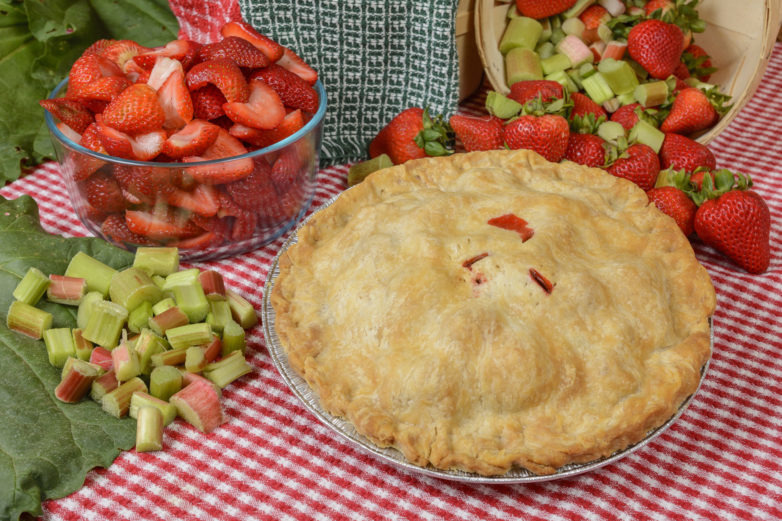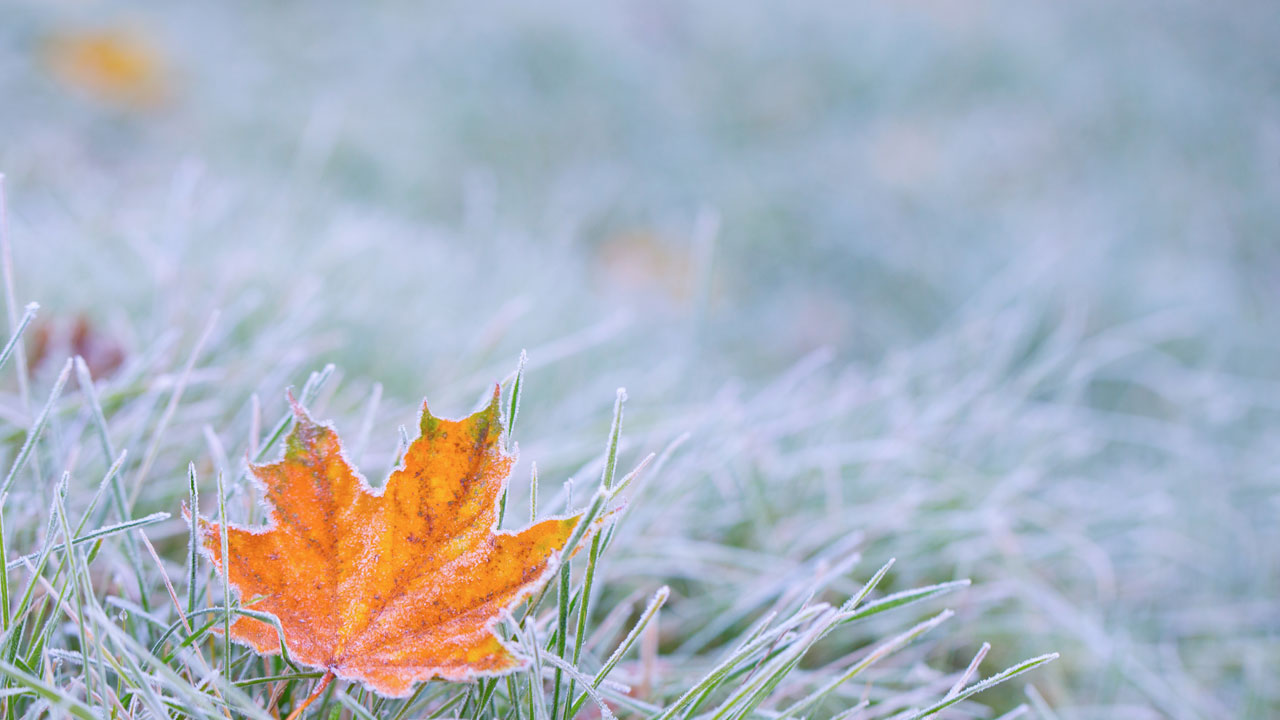Mid-Winter Gardening Ideas
Dec 3rd 2018
The last three months might have given you an opportunity to plant some cover crops of red and white clover or rye, or to find some large tasty heads of garlic for planting so you’ll have a June harvest. At this time of year, some of us in the coldest climate zones can only pull out the gardening catalogs, plan (draw), and dream of next Spring’s garden. Don’t forget to place a layer of row cover over your fall crops like brassicas (broccoli, brussels sprouts, and cauliflower), kale, or chard in the less harsh climates.
If you’re in the west or southwest and have a greenhouse, hot frame, or even a small dome shaped cloche fashioned out of a cut off soda bottle or gallon milk jug, you can then start seeds for planting cool season veggies and flowers. These seeds can be some of your non-GMO heirloom plants or from your favorite seed company. If you’re on the west coast, you’re in luck, and you know it! You can plant fruit trees or perennial shrubs without them suffering from the stress of extreme heat or frost. Add some amendments to your soil like compost and bone meal. Lastly, water the ground to allow the soil to settle around the roots.
All cold season hardy crops are at their sweetest when they are harvested during cold weather. Look around and hunt for kale, cabbage, lettuce, chard, carrots, or spinach. If you grow herbs like rosemary, lavender, oregano, or chives cut some to flavor your salads or soups.

Inside your home, herbs (parsley, chives, thyme, or oregano) can be started or transplanted and grown near a window that receives at least 4-6 hours of sun each day. You can also buy a grow light to give the herbs 10+ hours per day. Plant them in an indoor pot with a basin or a few herbs can be planted in one long narrow box on your windowsill. Keep the soil moist but not too wet and allowing the soil to dry out between watering.
Cut back ornamental grasses and vines (especially wisteria to 2-3 buds) to get them ready for new spring growth. Prune the dead branches of ornamental trees and shrubs to prepare for sudden swings in temperature and high winds.
If you have climbing roses or other flowering or fruit-bearing vines on a trellis or against a building, prune them back to a few buds on each of the lateral shoots you choose to keep and attach with plant ties. Remove spindly lateral shoots.
Do you have hydrangeas growing in your yard? Do they bloom every year? If not, there are three reasons why: An early frost killed the flower buds, it doesn’t get enough sun, or you are pruning it at the wrong time. If your hydrangea has flower blooms on it, don’t prune the spent hydrangea flowers until Spring. The old flower heads provide warmth for next Springs flower buds. As there are many types of hydrangeas, you’ll find exceptions to this guideline in an online search.
Your hand and power tools need attention too. Hand tools need to be cleaned, oiled, and organized. Power tools such as trimmers, chainsaws, and lawn mowers also need to be cleaned, drained of any oil or gas that they might contain, and covered.
There is still time to plant tulip or daffodil bulbs for spring bloom about six inches apart and six inches deep with the pointed end up if the ground isn’t frozen. They can be planted anytime if you can physically dig a hole that is twice as large as the diameter of the bulb. I use compost and bagged potting soil to fill the holes.

If you grow rhubarb, you can divide the established clumps (from the outside of the plant) and plant the separated part of the plant in well-drained soil. Set them out so that the shoot crown sits about an inch below the final soil level. Plant the rhubarb cuttings about three feet apart. Every five years or so you should dig out the established rhubarb plant, divide the crown into quarters, and replant them separately.
Strawberry plants that haven’t been producing like they used to should be dug out and replaced with new plants. If you like the variety that you have the new plants can come from the runners that spread out all season long. Cut the runners that haven’t rooted or dig out the ones that have rooted, add new rich compost or bagged soil to the original area, and plant the runner every foot in the row or one every square foot in your garden bed. Remove the flowers in the spring giving the plants time to develop a good root system then let them bear fruit. In the future, cut off the runners that sprout from the crown, and they’ll produce more abundant fruit.
Mulch your entire vegetable garden after covering the soil in the beds with a layer of fresh compost or bagged garden soil.
Prune your fruit trees and berry bushes to maintain an open and balanced structure for strength and fruit production. When you’re finished pruning, spread a few inches of compost (chicken or horse manure works well) or a slow release balanced fertilizer under the tree out as far as the drip line of the tree. Lastly, spread a layer of mulch on top of the fertilizer around the base of the tree.
Turn and cover your compost pile to keep the heat which will speed up the decomposition process. Add some of your garden’s soil to the pile along with any plant cutting you have laying around the yard. The roots of your garden plants contain microbes that will multiply and spread throughout the pile. When you use this compost in your Spring garden, these microbes and the broken-down plant matter in it will give you a nutrient-rich soil to grow in.
Protecting your new, young fruit and citrus trees from frost is essential. Drape one or two layers of a quality row cover over them and tie it in place with string.

Strawberry-Rhubarb Pie Recipe
Ingredients
- 1 cup white sugar
- ½ cup all-purpose flour
- 1-pound fresh rhubarb chopped into 1″ pieces
- 2 pints fresh strawberries
- 1 buy pastry pie crust for a 9-inch double crust pie
- Two tablespoons butter
- One egg yolk
- Two tablespoons white sugar
Directions
- Preheat oven to 400 degrees
- In a large bowl, mix flour and sugar. Add strawberries and chopped rhubarb. Toss with sugar and flour and let stand for 30 minutes.
- 3. Pour filling into pie crust. Dot the top with butter and cover with top crust.
- Brush yolk on the top of the pie crust with a pastry brush. Sprinkle with sugar. Cut small holes in the top of the crust to let the steam escape.
- Bake at 400 degrees for 35-40 minutes or until it is bubbly and brown. Cool on a rack.


